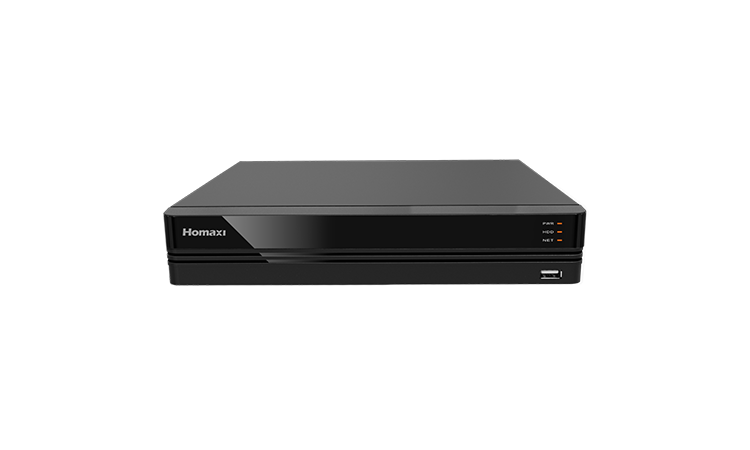In a world where security is of utmost importance, the evolution of video surveillance systems has become a crucial aspect of safeguarding our homes, businesses, and public spaces. Traditional Closed-Circuit Television (CCTV) systems have come a long way, and one of the key players in this transformation is the Network Video Recorder (NVR). This blog post explores how NVRs are revolutionizing video surveillance systems and reshaping the way we approach security.
1. Transition from Analog to Digital:
One of the fundamental ways in which NVRs are transforming video surveillance is by facilitating the shift from analog to digital technology. Unlike traditional DVRs (Digital Video Recorders) that process and store analog signals, NVRs operate on an IP-based system, allowing for higher resolution and more efficient storage and retrieval of video data.
2. High-Definition Video Quality:
NVRs support high-definition cameras, providing superior video quality compared to their analog counterparts. This enhancement in image clarity is essential for identifying details such as faces or license plate numbers, significantly improving the effectiveness of surveillance systems.
3. Flexibility and Scalability:
NVRs offer greater flexibility and scalability, allowing users to add or upgrade cameras seamlessly. The IP-based nature of NVR systems enables them to integrate with various devices and applications, providing a versatile and adaptable surveillance infrastructure.
4. Remote Monitoring and Accessibility:
One of the most significant advantages of NVRs is the ability to monitor video feeds remotely. With internet connectivity, users can access the surveillance system from anywhere in the world using smartphones, tablets, or computers. This feature enhances real-time monitoring capabilities, making it easier for users to stay informed about their property’s security status.
5. Intelligent Video Analytics:
NVRs often come equipped with intelligent video analytics, leveraging artificial intelligence to analyze video footage. This functionality enables advanced features such as motion detection, facial recognition, and object tracking. By automating these processes, NVRs enhance the efficiency of surveillance systems and help identify potential security threats more effectively.
6. Cost-Effective Storage Solutions:
NVRs utilize efficient compression algorithms and support various storage options, including cloud storage, making them more cost-effective in terms of storage solutions. This allows users to retain critical footage without the need for extensive physical storage space.
7. Integration with Other Security Systems:
NVRs play a vital role in the integration of video surveillance with other security systems, such as access control and alarm systems. This interconnected approach enhances the overall security infrastructure, creating a comprehensive solution that addresses various aspects of security seamlessly.
8. Enhanced Reliability and Redundancy:
NVRs often offer redundancy features, ensuring the continuous operation of the surveillance system even in the event of a hardware failure. This increased reliability is crucial for maintaining a consistent level of security, especially in critical environments.
Conclusion:
In conclusion, the evolution of video surveillance systems through the adoption of NVR technology represents a significant leap forward in the field of security. The transition from analog to digital, coupled with the flexibility, scalability, and advanced features offered by Network Video Recorder (NVRs), is reshaping the way we approach and implement security measures. As technology continues to advance, NVRs will likely play an increasingly pivotal role in ensuring the safety and protection of our homes, businesses, and public spaces.
Read More: The Role of Network Video Recorders in IP Camera Systems


